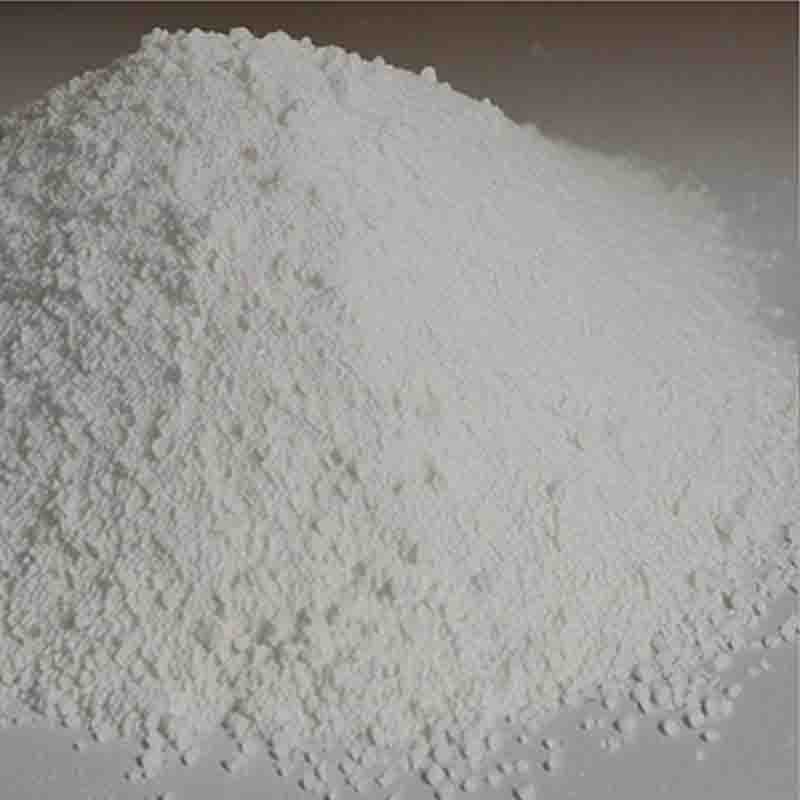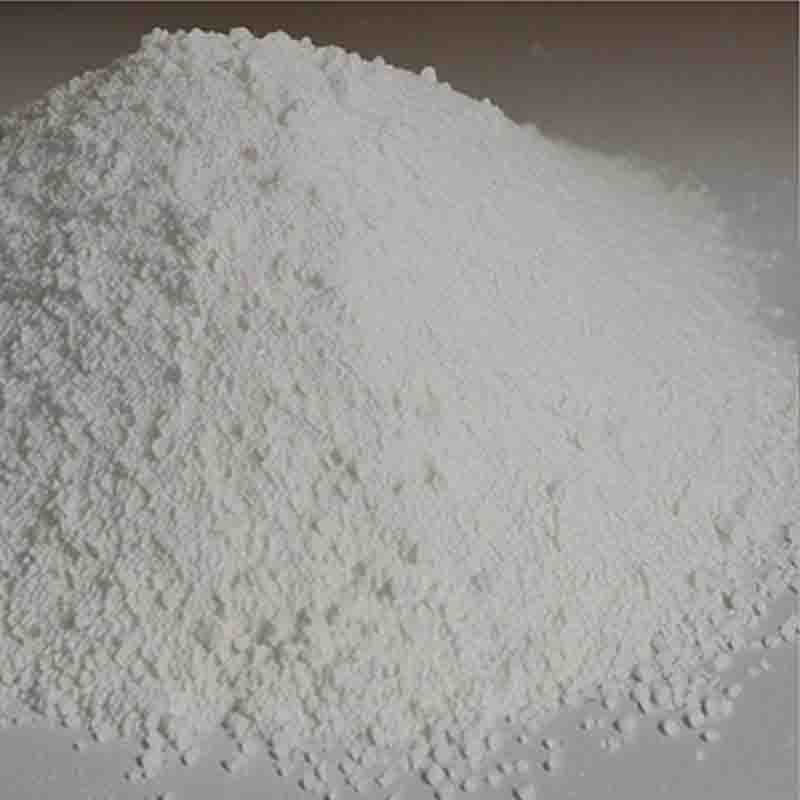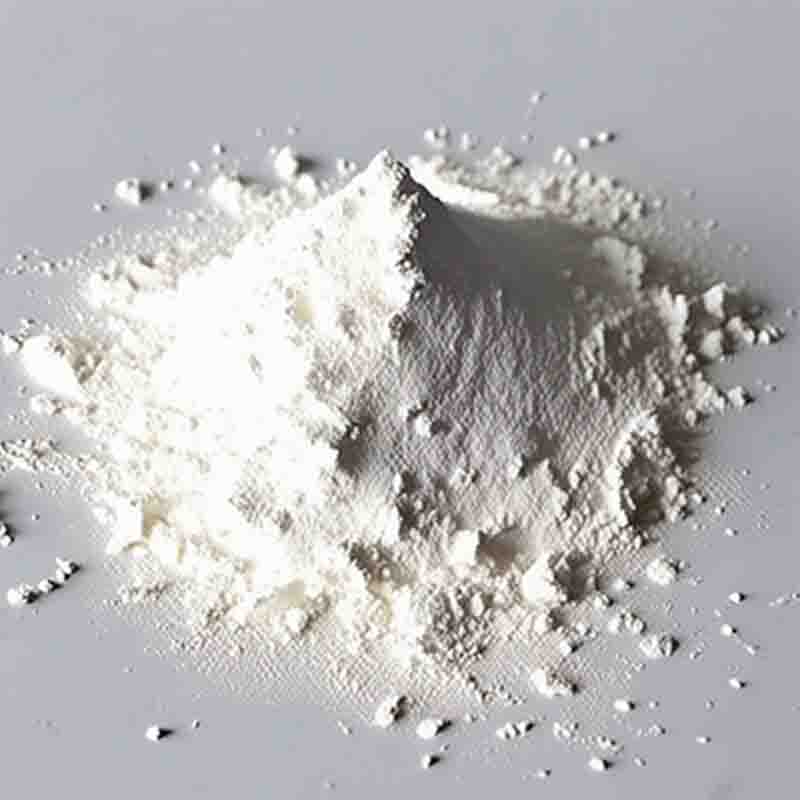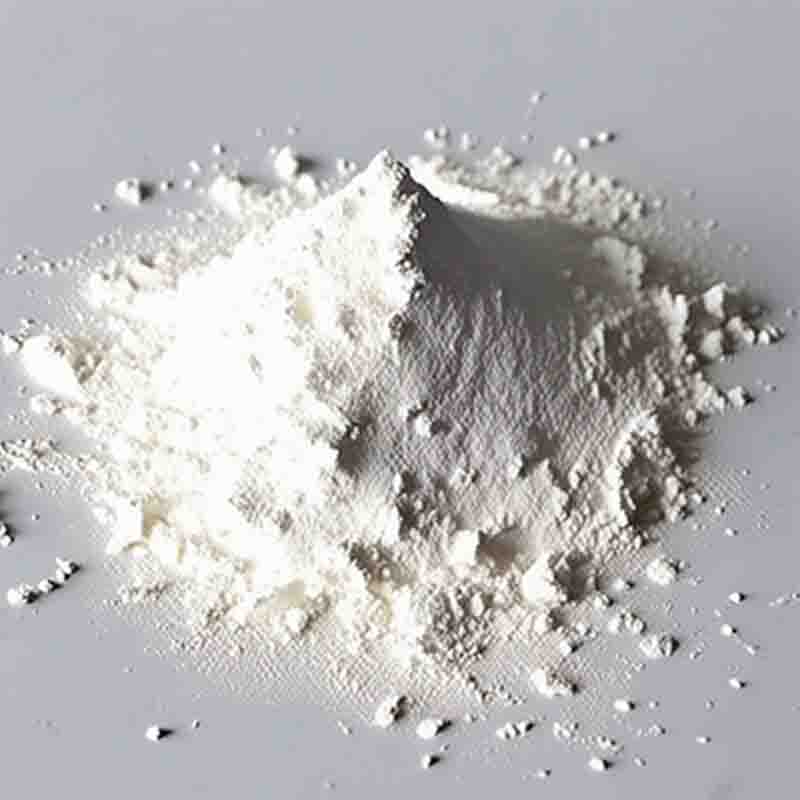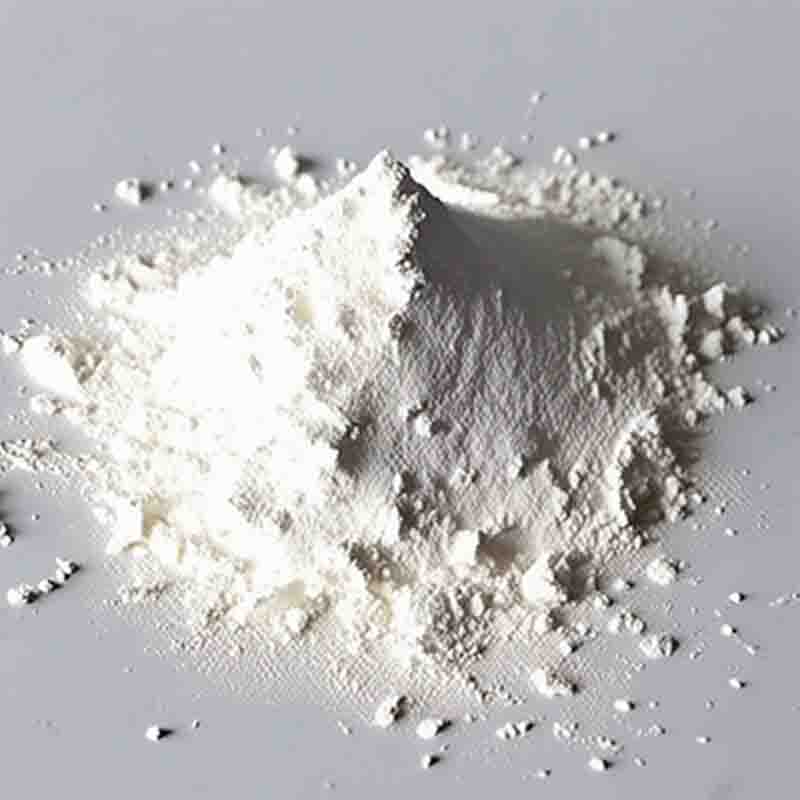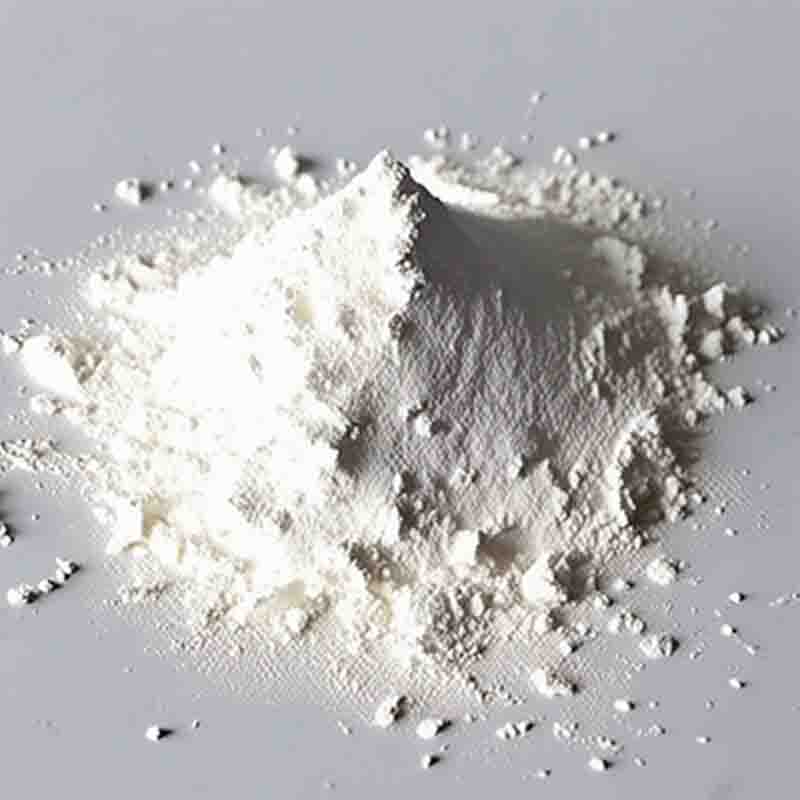5-Fluoroisatin CAS:443-69-6
| Catalog Number | XD95819 |
| Product Name | 5-Fluoroisatin |
| CAS | 443-69-6 |
| Molecular Formula | C8H4FNO2 |
| Molecular Weight | 165.12 |
| Storage Details | Ambient |
Product Specification
| Appearance | White powder |
| Assay | 99% min |
5-Fluoroisatin is a chemical compound that belongs to the family of isatin derivatives and is characterized by the presence of a fluorine atom at position 5 of the isatin ring. Isatin derivatives have been widely studied and are known to have a variety of biological activities.One potential effect of 5-Fluoroisatin is its cytotoxicity. Studies have shown that this compound exhibits antiproliferative effects on various cancer cell lines, including lung, breast, and prostate cancer cells. It is believed that the cytotoxicity is mediated through the induction of apoptosis, which is a programmed cell death mechanism. Additionally, 5-Fluoroisatin has shown potential in inhibiting cell migration and invasion, which are important processes involved in cancer metastasis.Another effect of 5-Fluoroisatin is its antimicrobial activity. It has been reported to exhibit antibacterial properties against both Gram-positive and Gram-negative bacteria. Furthermore, it has shown antifungal activity against various fungi, including Candida albicans and Aspergillus fumigatus. These antimicrobial effects make 5-Fluoroisatin a potential candidate for the development of novel antimicrobial agents.Additionally, 5-Fluoroisatin has been investigated for its antioxidant properties. Oxidative stress is a condition in which there is an imbalance between the production of reactive oxygen species (ROS) and the body's ability to detoxify them. This can lead to cellular damage and contribute to the development of various diseases. Studies have suggested that 5-Fluoroisatin may possess antioxidant activity by reducing ROS levels and protecting cells from oxidative damage.In summary, 5-Fluoroisatin exhibits various effects, including cytotoxicity against cancer cells, antimicrobial activity against bacteria and fungi, and potential antioxidant properties. However, it is important to note that further research is needed to fully understand its mechanisms of action, optimize its efficacy, and evaluate its safety profile. The potential of 5-Fluoroisatin as a therapeutic agent in various fields holds promise, but it requires rigorous scientific investigations to establish its full range of effects and applications.


